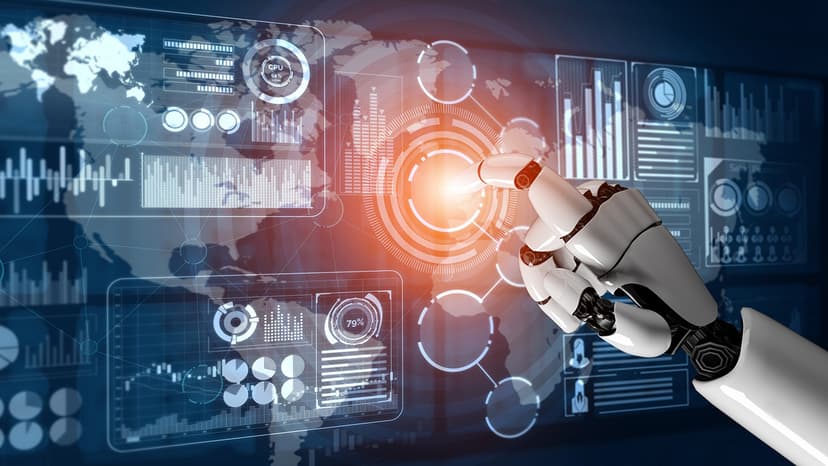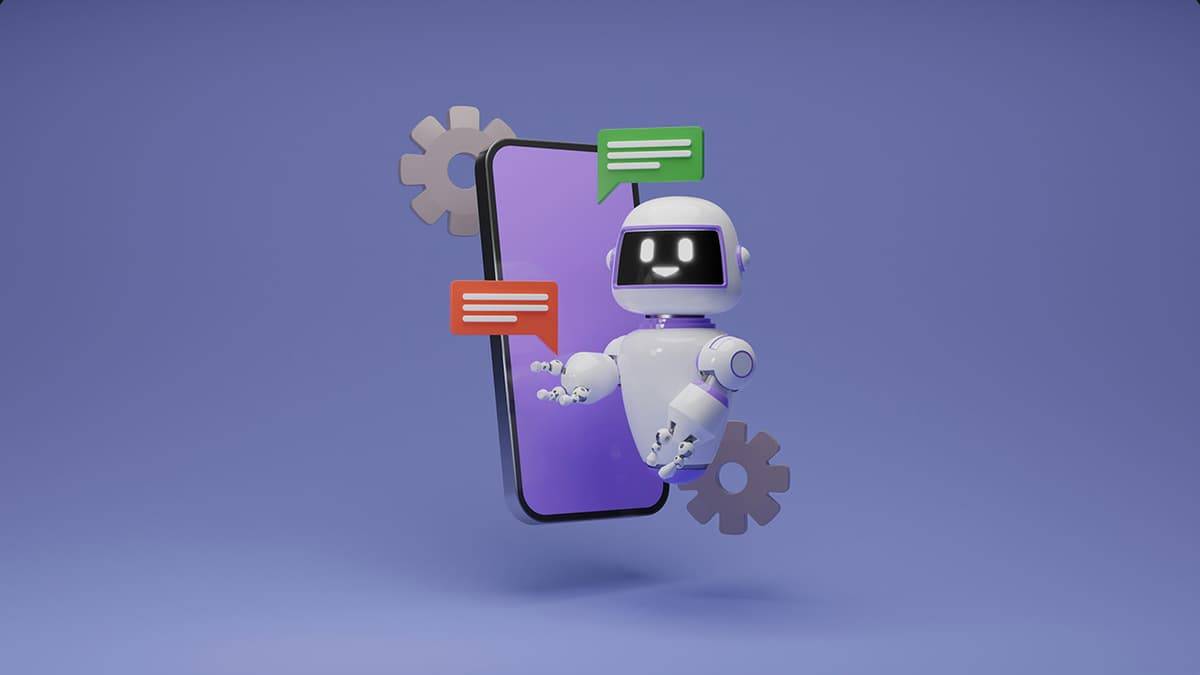Predictive AI: Unlocking the Power of Data-driven Insights
What is Predictive AI? Predictive AI uses advanced algorithms and AI techniques to analyze large datasets and forecast future events or outcomes. By examining historical data and identifying patterns, predictive AI can generate insights that help businesses make informed decisions and improve processes.
Predictive AI is widely adopted across industries such as finance, healthcare, marketing, and manufacturing. It leverages vast amounts of data to produce accurate predictions, transforming how organizations operate. By revealing patterns and trends, predictive AI allows companies to anticipate customer behavior, enhance operations, mitigate risks, and gain a competitive advantage.
What role does machine learning play in predictive AI? Machine learning algorithms enable systems to learn from historical data and enhance their performance over time without explicit programming. These algorithms detect complex patterns in data, empowering predictive models to make accurate predictions based on new information.
What do organizations need to implement predictive AI? Companies require strong data collection and storage systems to gather and integrate relevant data from various sources like customer information, transaction logs, sensor data, and more. The quality and quantity of data significantly affect the accuracy and effectiveness of predictive AI models.
What is involved in data preprocessing? After data collection, preprocessing cleans, transforms, and prepares the data for analysis. This step addresses missing values, removes outliers, and normalizes data. High-quality inputs lead to more precise predictions from predictive AI models.
How are predictive models developed? Once preprocessed, the data is used in predictive models that apply different algorithms to uncover patterns. These models include regression models, decision trees, neural networks, and ensemble methods. The choice of model depends on the specific problem and data characteristics.
How do organizations validate predictive AI models? To ensure accuracy and performance, organizations use techniques like cross-validation and holdout validation. These methods evaluate how well models perform on new, unseen data. Performance metrics such as accuracy, precision, recall, and F1 score help determine model reliability.
What are some applications of predictive AI? In healthcare, predictive AI predicts disease outbreaks, identifies high-risk patients, and optimizes treatment plans. In finance, it detects fraudulent transactions, forecasts market trends, and optimizes investment portfolios. In marketing, predictive AI aids in customer segmentation, personalized recommendations, and campaign optimization.
Predictive AI has the potential to transform industries and enhance data-driven decision-making. By harnessing advanced algorithms and AI techniques, organizations can extract valuable insights from their data and maintain a competitive edge.












